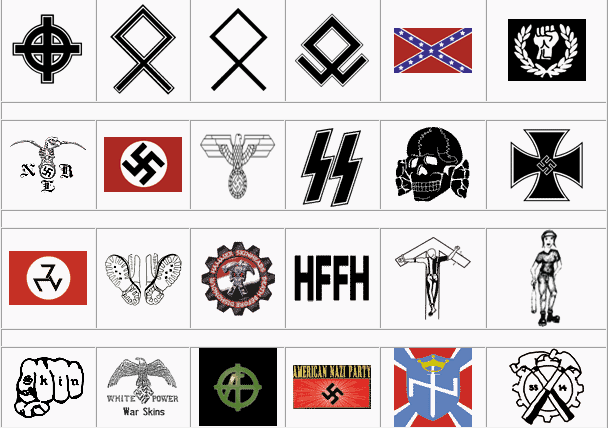
The rise of Donald Trump has many people shaking their heads in disbelief. How, they wonder, can a man who is so brutish and nasty rise to the Presidential candidacy of the Republican Party?
The form of this query betrays a fundamental error: Trump is not the cause of hatefulness, but a symptom of hatefulness resting below the polite surface of society; his rise is symptomatic of a vein of hateful nastiness deeply embedded within American culture.
Many of us live in a comfortable and secure bubble of affability in which we treat others politely and they in turn treat us politely as well. Our bubbles can be economic, racial, or religious; we tend to surround ourselves with others like us who share our values, interests and aspirations.
There are, however, many who lack comfortable bubbles of security, people who are viewed as “others” – suspicious, dangerous, criminal, lazy, and “different.” Historically, “others” in America have been regularly subjected to hatefulness; it’s not for nothing Adolph Hitler reportedly called Americans “the world’s foremost rope and lamppost artists,” referring to murderous mob-lynchings of “others.”
Native Americans, Blacks, Chinese, Mexicans, and Japanese have all been variously attacked in violent and hateful ways directed at their cultural ethnicity. Similarly, at times Catholics, Jews, atheists and gays have been subjected to hatefulness, and today that hatefulness is being directed at Muslims.
In times of economic dislocation – job loss and social changes often due to the impacts of technology – those who suffer seek someone or something to blame, and often it’s the “other.” Lack of higher education leaves the disenfranchised working class without recourse to easy solutions; lost jobs and globalized manufacturing predictably makes them feel frustrated and angry. In such conditions they are attracted to someone who speaks to and fuels their anger and joins them in their search for a scapegoat. It’s happened repeatedly all over the world, and now it is happening once again in America.
Murder and hatefulness cannot be banished by edict or, it appears, the course of time alone. Resentment and hatred spans generations, and often centuries. The greatest danger, however, is when hatefulness becomes aligned with official state policy; when those in power perceive there is advantage to be gained by mobilizing hate, state sanctioned torture and genocide is the result. This is the deeper narrative of the candidacy of Donald Trump, and why his rise to prominence frightens so many.
Organizations like the Southern Poverty Law Center (SPLC) have been warning of moments like this for years. The SPLC monitors, tracks, identifies and “outs” hate groups across America, groups which now find themselves comfortably aligned with the Republican Presidential candidate. Trump uses both explicit and coded language of hate, and the brutish underbelly of American hatefulness is responding.
Imagining that all Americans are kind and good people makes for a nice sound bite and appeals to sentimental stories about who we are. The truth is that many Americans are bigoted, cruel, hateful and sometimes murderous. If, as happened in Germany under Hitler, official state policy aligns with America’s vein of hatefulness, we are in for trying times, indeed.
Trump is reprehensible, irresponsible and opportunistic; however, the deeper cause of our distress resides in the lingering, hateful shadows of America. Only by bringing sterilizing light to that reality, as SPLC does and has done, may we overcome the peril of this moment.
I’m voting for Trump. Make America Great Again. Go Trump!
Well, THAT was well-thought out!